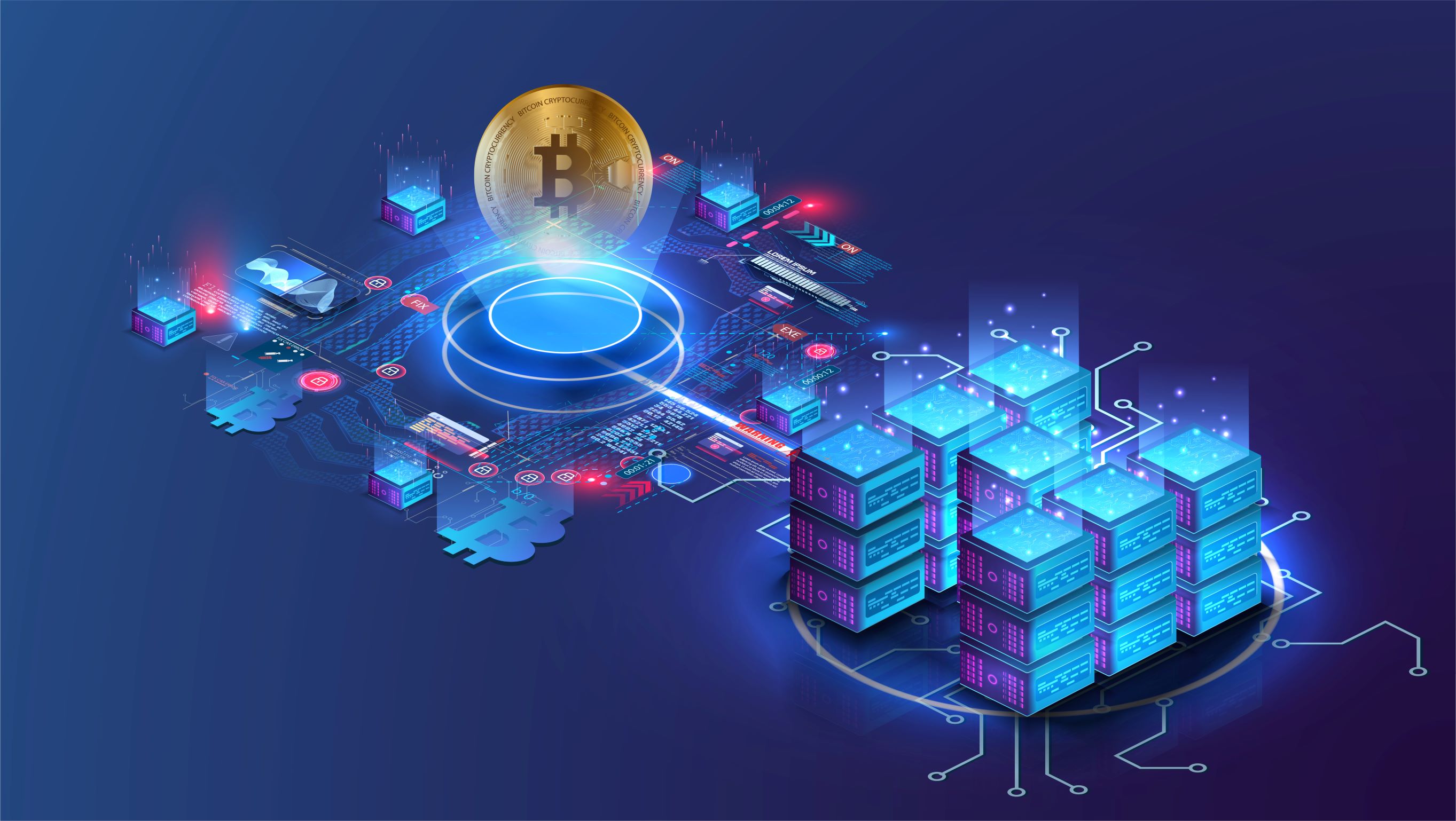Bridging the Past, Present, and Future of Tech
5G: Understanding the Technology that's Changing Connectivity
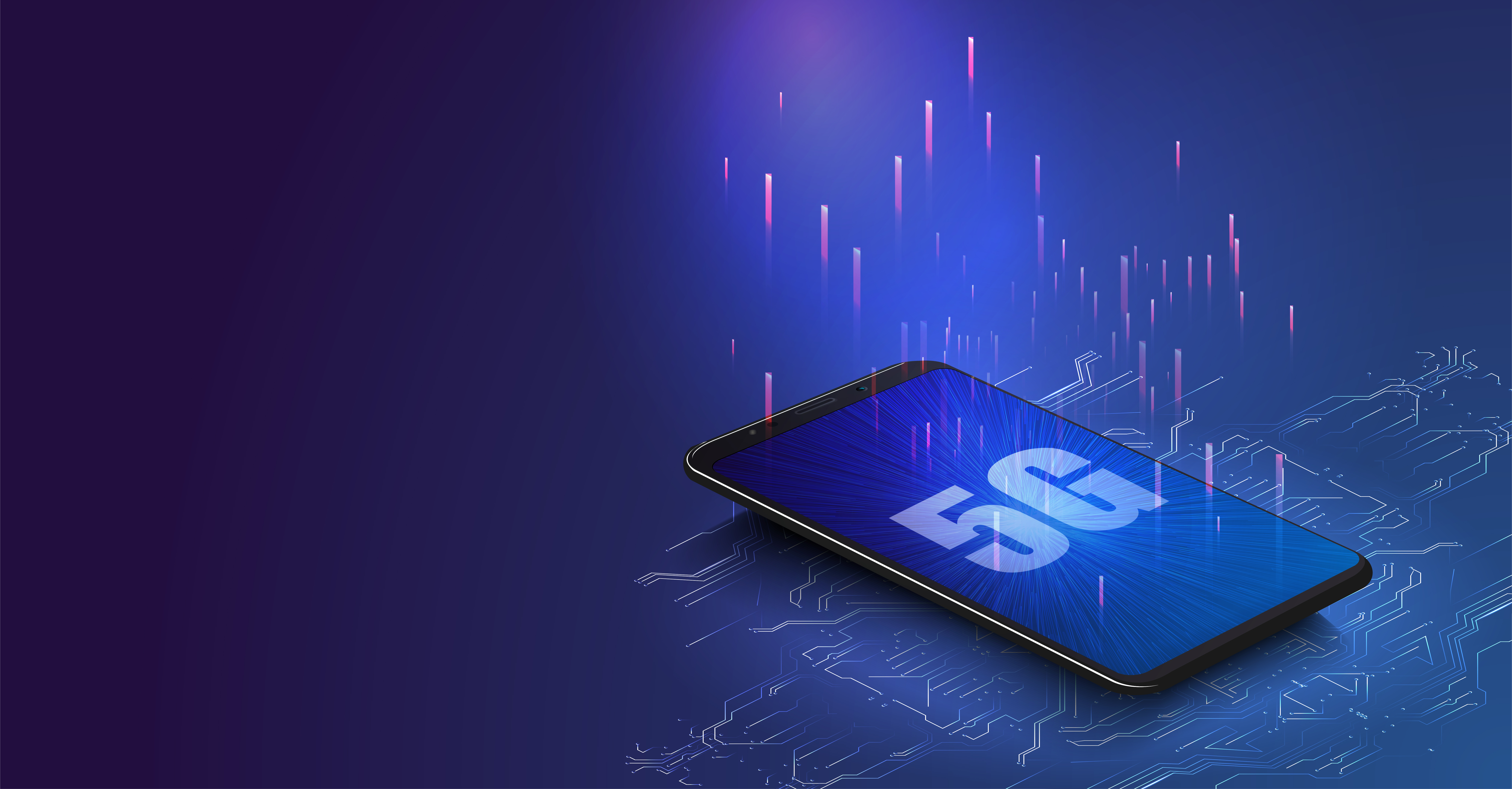
What is a 5G Network?
5G stands for fifth generation cellular wireless technology. It succeeds 4G LTE networks and enables much faster download speeds, higher connection density, and extremely low latency compared to previous generations.
The official standard for 5G is established by the 3GPP (3rd Generation Partnership Project), which completed the initial 5G specifications in 2018. Unlike 4G, which required the construction of new cell towers, 5G utilizes existing infrastructure and also operates on new radio frequency bands, including mmWave (millimeter wave).
The jump from 4G to 5G is a monumental leap forward - we're talking about peak download speeds of 20 Gbps*, compared to 1 Gbps on 4G. Latency is also reduced to just 1-2 milliseconds versus 20-70 ms on 4G.
*"Gbps" stands for gigabits per second, a unit of measurement for data transfer speeds. It indicates how many billions of bits of data can be transmitted in one second.
So, what does 5G mean in practical terms? It means 5G can handle exponentially more data traffic, paving the way for transformative technologies like self-driving cars, IoT devices, 4K/8K video streaming, AR/VR apps, and more.
How Does 5G Work?
5G uses a variety of wireless spectrum bands and technologies to achieve its ultra-fast speeds and low latency connectivity:
● Sub-6 GHz and mmWave.The radio frequencies used for 5G include sub-6 GHz (under 6 GHz) which provides good coverage area and also mmWave (24-40 GHz) which offers massive bandwidth for superfast speeds.
● Advanced Antenna Systems. 5G utilizes MIMO (multiple input, multiple output) antenna technology allowing simultaneous connections through multiple antennas. This increases capacity and density.
● Small Cell Networks. 5G will rely extensively on small cell networks - compact base stations that can be installed on light poles, rooftops, etc. This provides localized capacity boosts.
● Orthogonal Frequency-Division Multiple Access (OFDMA). This modulation technique allows efficient use of spectrum so multiple users can access the network simultaneously.
● Network Slicing. This allows mobile operators to create multiple virtual networks over a common physical infrastructure, tailored for specific applications or clients.
● Edge Computing. Processing data closer to the user via small data centers reduces latency. This complements 5G's speed.
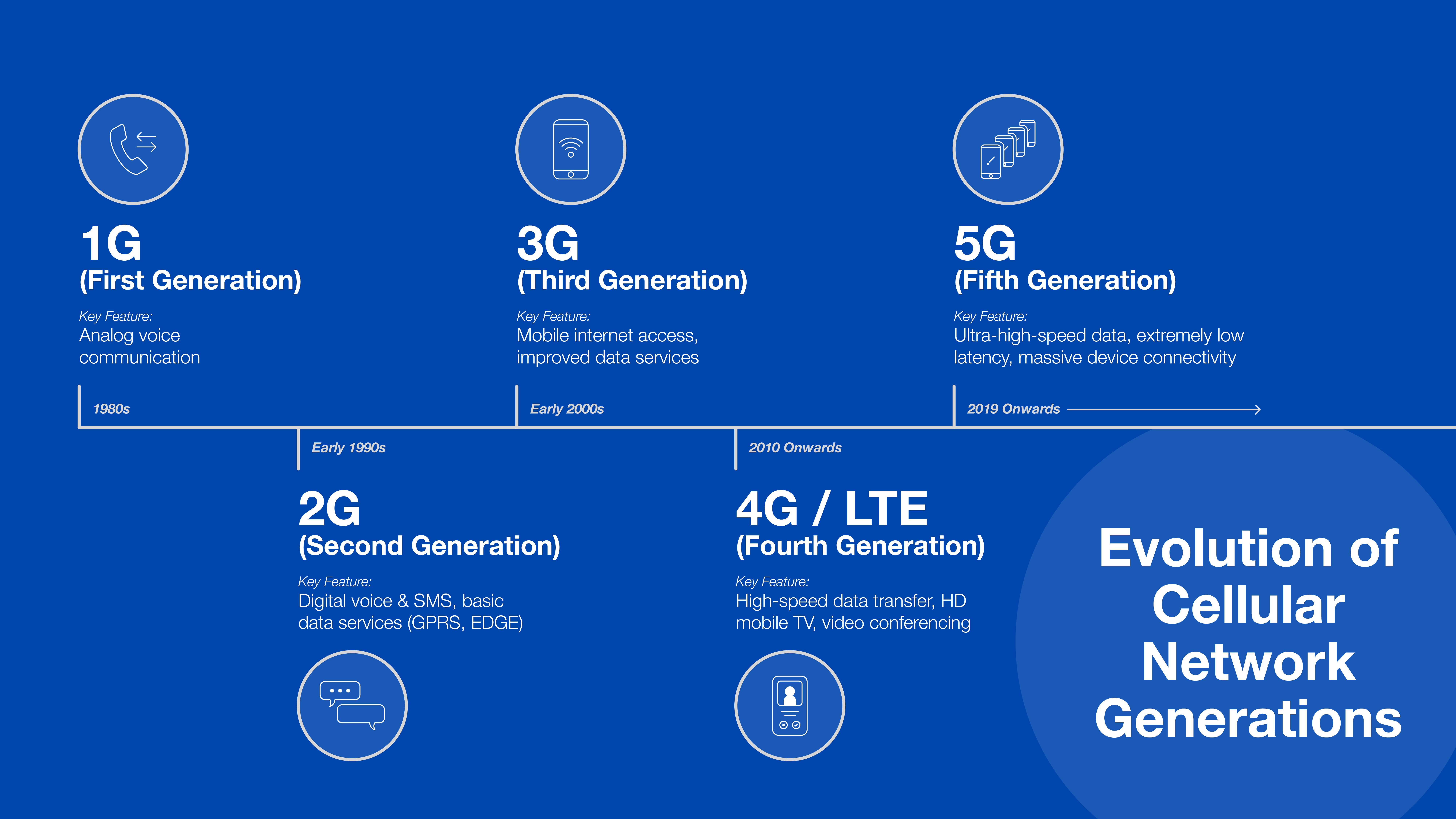
Who Invented 5G technology?
The development of 5G technology has been driven by extensive collaboration between telecommunication companies, academic institutions, and technology standards organizations around the world. "Who created 5G?" While no single entity can claim to have "invented" 5G, some key contributors include companies like Ericsson, Nokia, Qualcomm, Samsung, Huawei, and ZTE, who have each innovated critical components of 5G networks. International bodies like the 3GPP and ITU have been instrumental in forming 5G standards. At TDK we focus on developing advanced materials and components like ultra-compact DC-DC converters and LTCC AiP devices for 5G small cell base stations. These innovations are integral to enhancing the speeds and connectivity of 5G networks. Our commitment is reflected in initiatives like "Beyond 5G," where we aim to expand the potential of 5G technology and contribute to its future advancements.
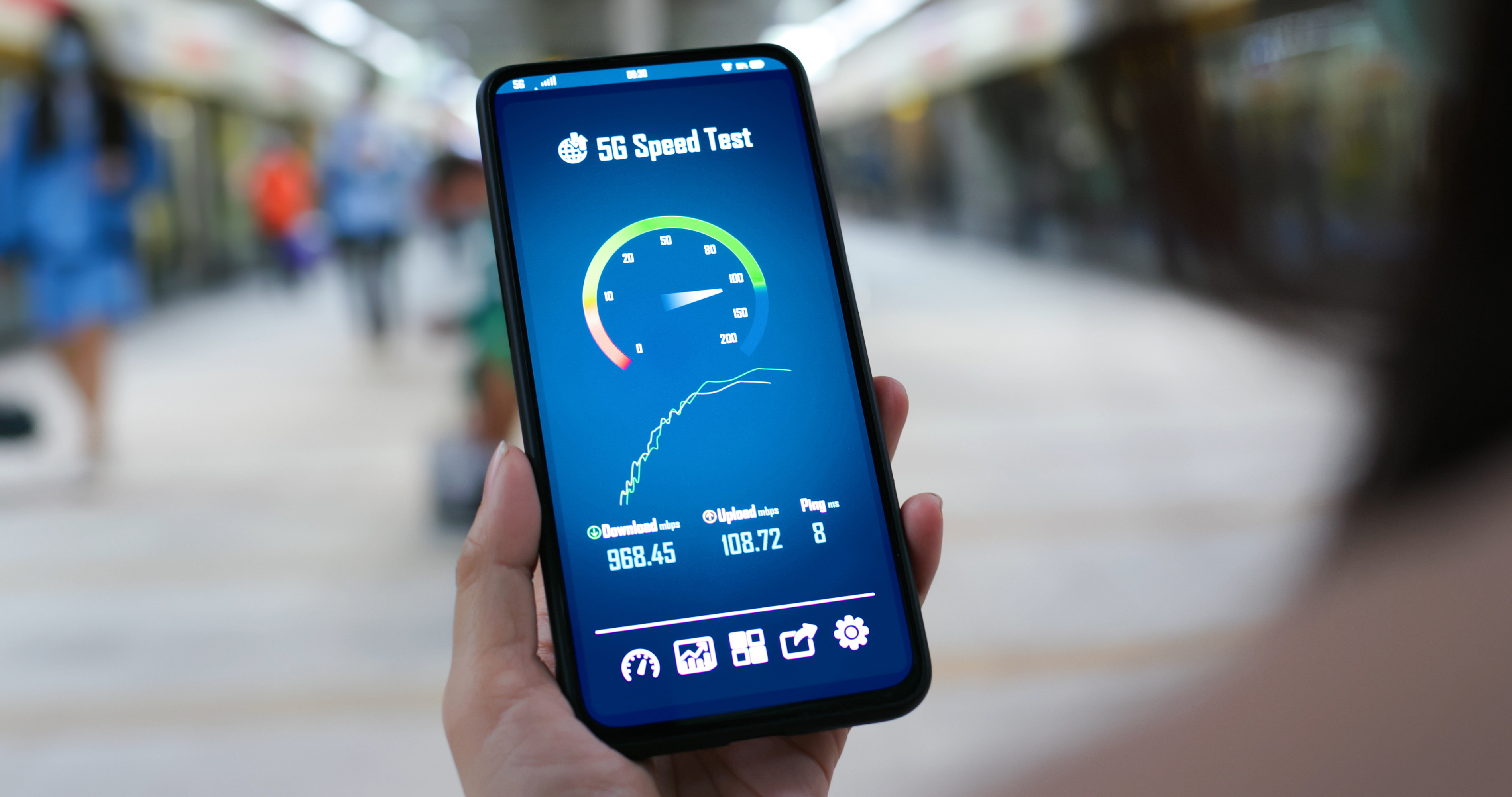
How Fast is 5G internet?
The launch of 5G represents a major leap forward from previous cellular network technologies. Each generation has successively offered faster speeds and greater capabilities. To understand why 5G is better, let's review the evolution:
● 1G networks in the 1980s were analog systems mainly built for voice calls. There was no encryption, so security was poor. Upload speeds were virtually non-existent.
● 2G networks, introduced in the 90s, were the first to digitize signals for better security and data services like text messages. However, maximum speeds were only up to 64kbps. Downloading a 3 minute song could take over 20 minutes!
● 3G brought mobile internet into the mainstream when it launched in the 2000s. But access speeds were still quite slow by today’s standards, ranging from 384 kbps to 2Mbps. Streaming video or music was not practical.
● 4G LTE, first deployed in 2010, was the first network fast enough for advanced apps, HD video streaming and large file downloads. Peak theoretical speeds reached 100Mbps but were often much lower in reality.
Now with 5G, we are entering a new era. How much faster is 5G than 4G? 5G operates on new radio frequency bands that can transmit much more data. 5G uses shorter transmission bursts to reduce latency to just a few milliseconds. This enables real-time communication for smart devices.
In terms of speed, 5G blows away its predecessors. 5G achieves lightning-fast peak download speeds up to 20 Gbps, compared to 1 Gbps on 4G. To download a full HD movie on 3G would take 26 hours, versus just 3.6 seconds on 5G!
Is 5G better than LTE? Absolutely! The 5G network benefits are extensive, ranging from significantly increased data speeds and reduced latency to enhanced network reliability and capacity, paving the way for transformative changes in sectors like healthcare, manufacturing, and transportation.
Is 5G better than 4G? Without question, yes. 5G brings a 10 to 100X improvement over 4G networks across every metric. From speed to capacity to reliability, 5G marks a radical upgrade.
The capabilities of 5G networking enable a world of seamless connectivity and real-time automation that previous generations could not match. Exploring why 5G is important reveals its critical role in the next wave of technological innovation; it's not just about faster speeds, but also about enabling real-time data processing, connecting billions of devices, and unlocking the potential for smart cities and autonomous technologies. While past generations connected people, 5G will connect the world.
Looking ahead, the groundwork laid by 5G paves the way for future developments like 6G, which will further expand these capabilities and possibilities.
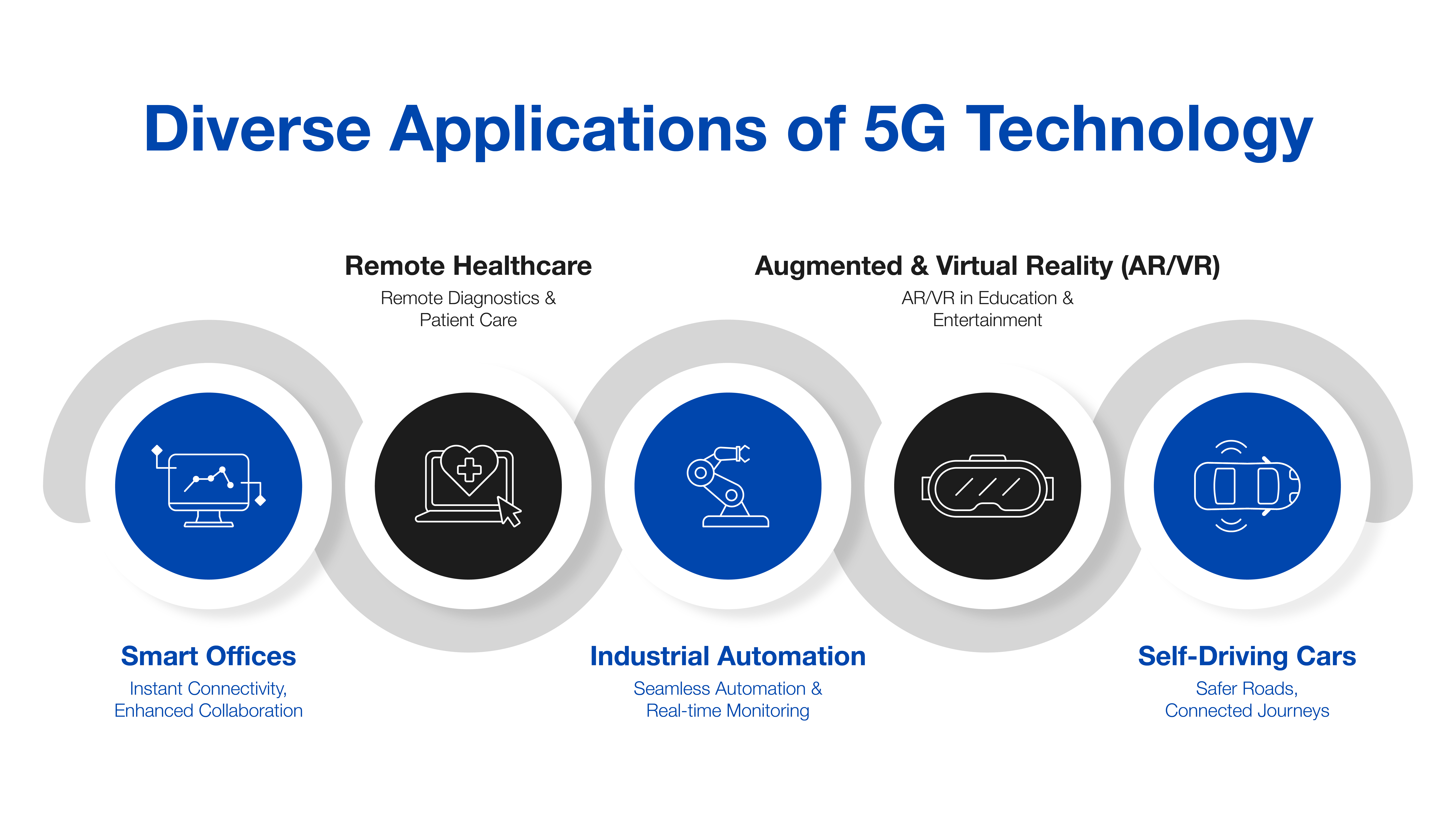
What Will 5G Enable? Exploring Its Impact Across Different Spheres
With its ultra-fast speeds, low latency and ability to support massive device density, 5G will enable advanced new applications across many areas of business, government and daily life.
● In the business world, 5G opens the door for smart offices, remote collaboration, AR-assisted workers, and real-time analytics. 5G business use cases include connected logistics, robotics, and remote control of machinery or vehicles. Retail, healthcare, finance and most industries will benefit.
● For governments and cities, "5G will change the world" by supporting the massive deployment of smart infrastructure - from smart grids to intelligent traffic systems and environmental monitoring through IoT sensors. 5G consumer use cases mean super-fast mobile broadband for households, better community services, and new consumer applications.
● In healthcare, 5G allows remote patient monitoring, telehealth consultations, and remote surgical operations. Doctors can access or update medical records in real time. Wearables continuously upload health data via 5G.
● Industrial manufacturing will use 5G for automation, tracking, quality control and coordination across global supply chains. Sensors will monitor equipment and infrastructure 24/7 and help optimize productivity.
● 5G will bring highly immersive augmented and virtual reality experiences to retail, education, design, entertainment and more. Interactive AR shopping, virtual tours and 3D product views will become mainstream.
● Autonomous vehicle technology depends on 5G connectivity for navigation, detecting obstacles, planning routes, and communicating with other vehicles. This will make self-driving cars practical.
For consumers, "how will 5G affect me?" You can expect nearly instant downloads, the ability to stream 8K video anywhere, and extremely responsive online gaming. AR apps will allow new ways to shop, learn and explore. However, it's important to be aware of potential drawbacks such as the need for more infrastructure like cell towers, possible network security concerns, and the higher costs of 5G-compatible devices. Additionally, the full global availability of 5G might take time, leading to unequal access in the initial phases.
5G is a transformative technology that will impact almost every industry and change how we live, work, shop, and are entertained. It will enable smart cities, automation across factories and workplaces, self-driving vehicles, remote healthcare, and infinite applications we can't even conceive yet. 5G truly represents the next giant leap for connectivity.
Conclusion
The dawn of 5G networks represents a huge leap forward for wireless technology. With lightning-fast speeds, ultra-low latency, and the ability to support millions of devices, 5G will truly usher in the next era of connectivity. This revolutionary technology will lay the foundation for emerging innovations like self-driving cars, smart cities, remote healthcare, and technologies we can't even conceive of yet. While past generations connected people, 5G will connect the world. By working together to embrace 5G's immense potential, we can build a more efficient, empowered, and automated future. The possibilities are endless as we stand at the cusp of this new hyper-connected age.
TDK is a comprehensive electronic components manufacturer leading the world in magnetic technology



